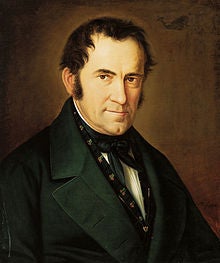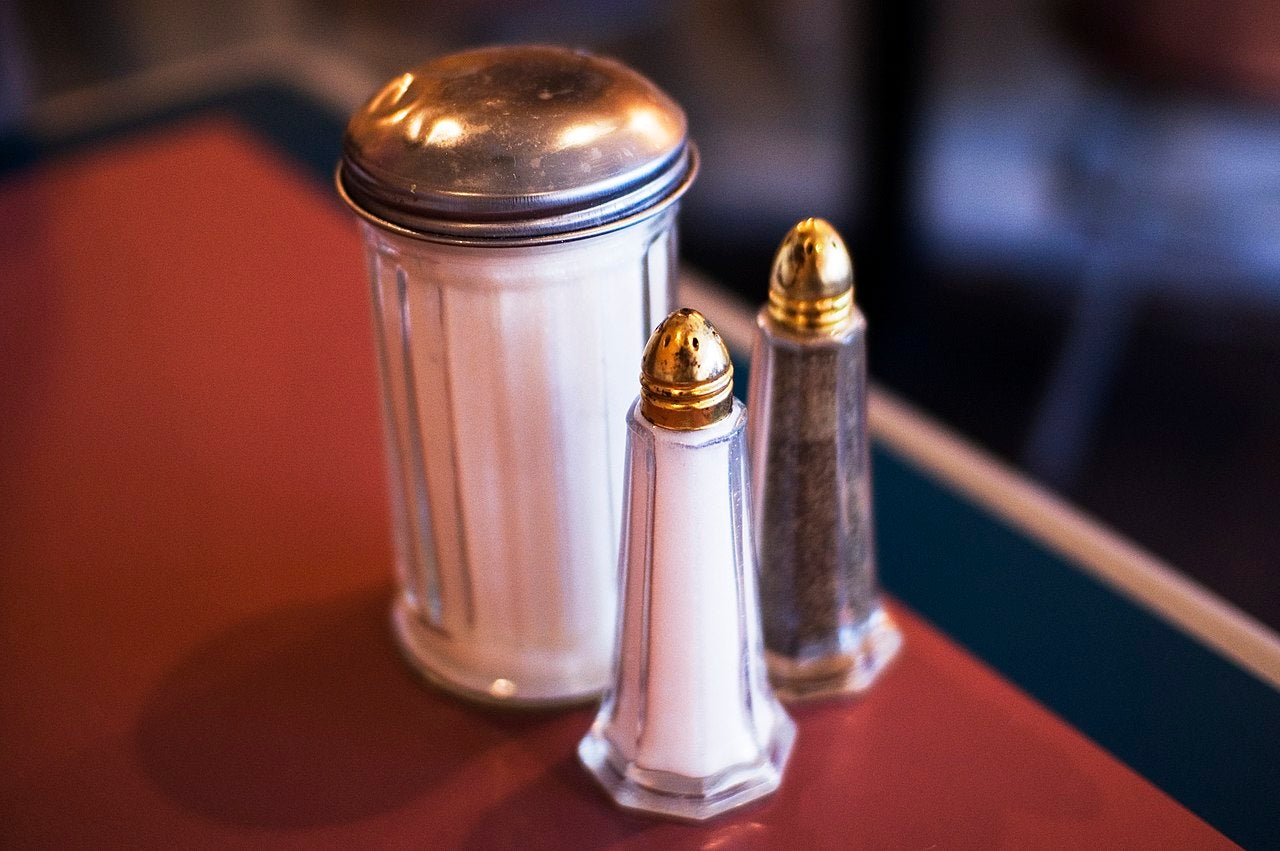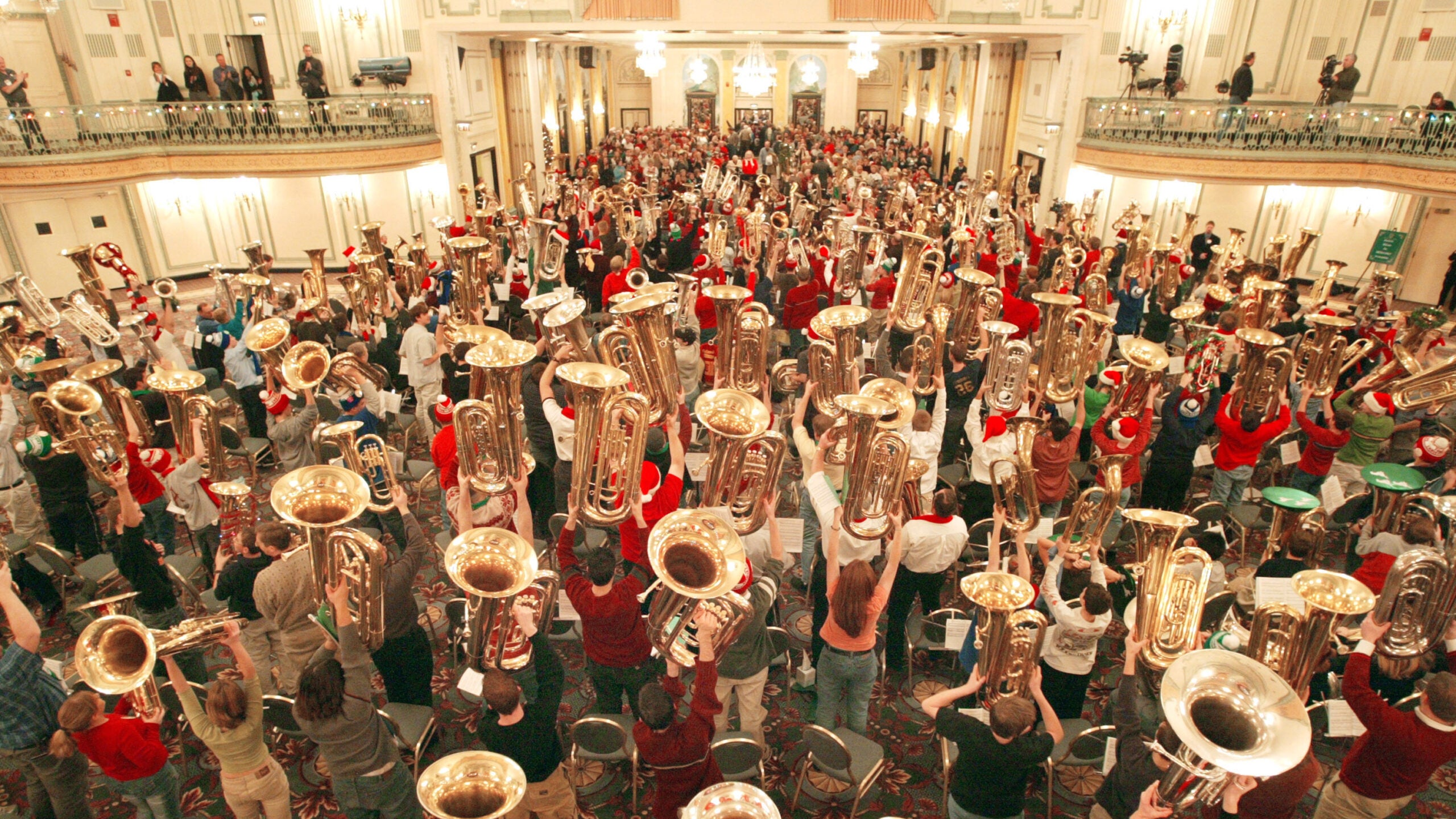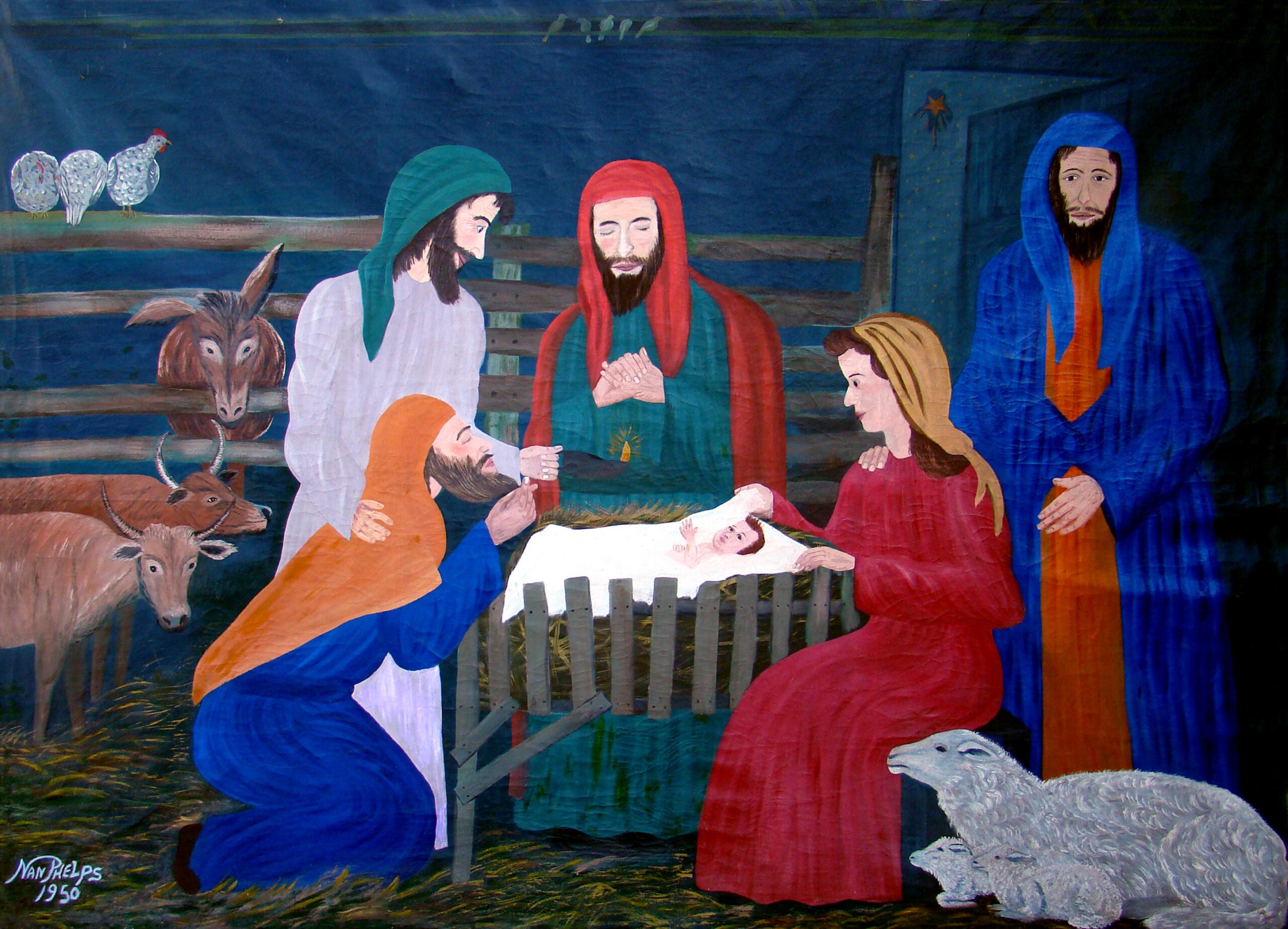December 25th, 1818, was a red-letter day for Christmas music large and small.
According to legend, mice had damaged the organ in St. Nicholas’ church in the Bavarian village of Oberndorf, causing it to break down on Christmas Eve. The setback forced the organist and the parish priest to scrap the music they had planned for Midnight Mass.
The organist, Franz Gruber, had come by his church position the hard way. He had grown up to a life of manual labor, managing to study music on the side, and had finally gotten a job as organist at the church in Oberndorf.
Stay informed on the latest news
Sign up for WPR’s email newsletter.
Joseph Mohr was the assistant priest at St. Nicholas. He and Gruber had to come up with something that could be performed by the musical forces available–two solo voices to be provided by Gruber and Mohr, plus choir, and guitar, which would be played by Mohr.
Mohr provided a poem about peace and radiance and redemption. Gruber dashed off a tune for it, and they performed the song in church almost immediately.
Their eleventh-hour effort proved immediately popular, and over the next dozen or so Christmases, in various forms, it made the rounds of Austria, Bavaria, and the Tyrol. In 1838, it was published. But by then it was so well known that it was generally considered to be a folk song. In 1854, in an effort to set the record–and the tune–straight, Gruber wrote an account of the supposed folk song’s composition. Eventually he arranged it for voice and organ, and that version is the closest approximation to the long-lost original guitar version of “Silent Night.”
Christmas Day 1818 was musically significant in another way. As Gruber’s Christmas miniature was being performed for the first time in Bavaria, the Handel and Haydn Society of Boston was giving the first complete American performance of Handel’s Messiah.
Wisconsin Public Radio, © Copyright 2024, Board of Regents of the University of Wisconsin System and Wisconsin Educational Communications Board.






